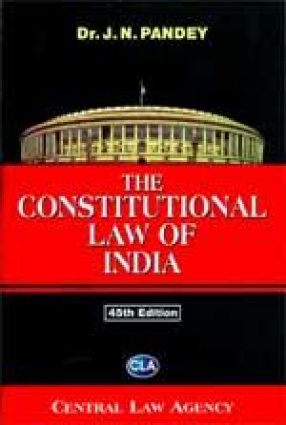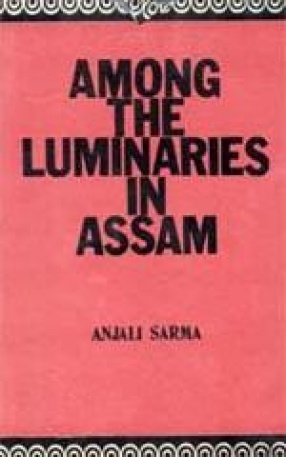In the 1920s, in the south Indian village of Vykom, a nonviolent struggle sought to open to everyone the roads surrounding the Brahmin temple there. For centuries, any person or animal could walk those roads but not the so-called untouchable Hindus, whose use of the roads would "pollute" the high castes. From April 1924 to November 1925, Gandhi waged a satyagraha to put an end to this blatant discrimination.
Gandhi believed that the Vykom struggle would eliminate severe practices of untouchability, unapproachability, and unseeability, as the nonviolent activists would "convert" the high castes "by sheer force of character and suffering." Within a decade of the Vykom campaign, a narrative emerged that corroborated Gandhi’s beliefs and cited the success of the satyagraha as testimony to his methods.
This mythic narrative has persisted to this day; yet fresh evidence presented by King shows that Gandhi’s confidence was misguided, and the volunteers’ suffering was ineffective in "converting" the upper-caste orthodoxy. This book for the first time explores what actually happened at Vykom, including its controversial settlement. Correcting misunderstandings, it addresses the rarity of conversion as a mechanism of change, and evaluates shortcomings of Gandhi’s leadership.





There are no reviews yet.